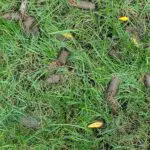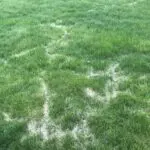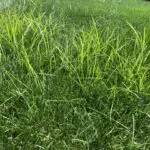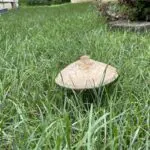
1. What are lawn grubs and their lifecycle?
Lawn grubs, also known as white grubs, are the larvae of various beetle species, such as Japanese beetles, June bugs, and European chafers. These C-shaped larvae feed on grass roots, causing visible damage to the lawn. The lifecycle of a grub typically consists of egg, larva, pupa, and adult stages.
2. How to identify signs of grub infestation?
a. Brown patches: Notice any irregular brown patches on your lawn, which may indicate a grub infestation.
b. Loose, spongy turf: Grubs feed on grass roots, causing the turf to become loose and spongy.
c. Increased wildlife activity: Skunks, raccoons, and birds may dig up your lawn in search of grubs, signaling a potential infestation.
d. Visible larvae: Dig up a small section of your lawn to inspect for the presence of white, C-shaped larvae.
3. What are effective control methods for lawn grubs?
a. Biological control: Introduce beneficial nematodes or microbial insecticides to target and control the grub population.
b. Chemical control: Utilize insecticides specifically formulated for grub control, following the manufacturer’s instructions carefully.
c. Mechanical control: Use a dethatching rake to remove thatch and improve the effectiveness of control methods.
4. How to prevent future grub infestations?
a. Proper lawn maintenance: Maintain a healthy lawn by watering, mowing, and fertilizing appropriately to reduce susceptibility to grub damage.
b. Resistant grass varieties: Consider planting or overseeding with grass varieties that are more resistant to grub infestations.
c. Regular monitoring: Keep an eye on your lawn for early signs of grub activity and take preventive measures accordingly.
Conclusion:
Lawn grubs can wreak havoc on your lawn if left unchecked, leading to unsightly damage and weakened turf. By familiarizing yourself with the signs of infestation and implementing effective control and prevention methods, you can safeguard your lawn from the destructive impact of grubs. Remember, early detection and proactive management are key to maintaining a lush and healthy lawn.






